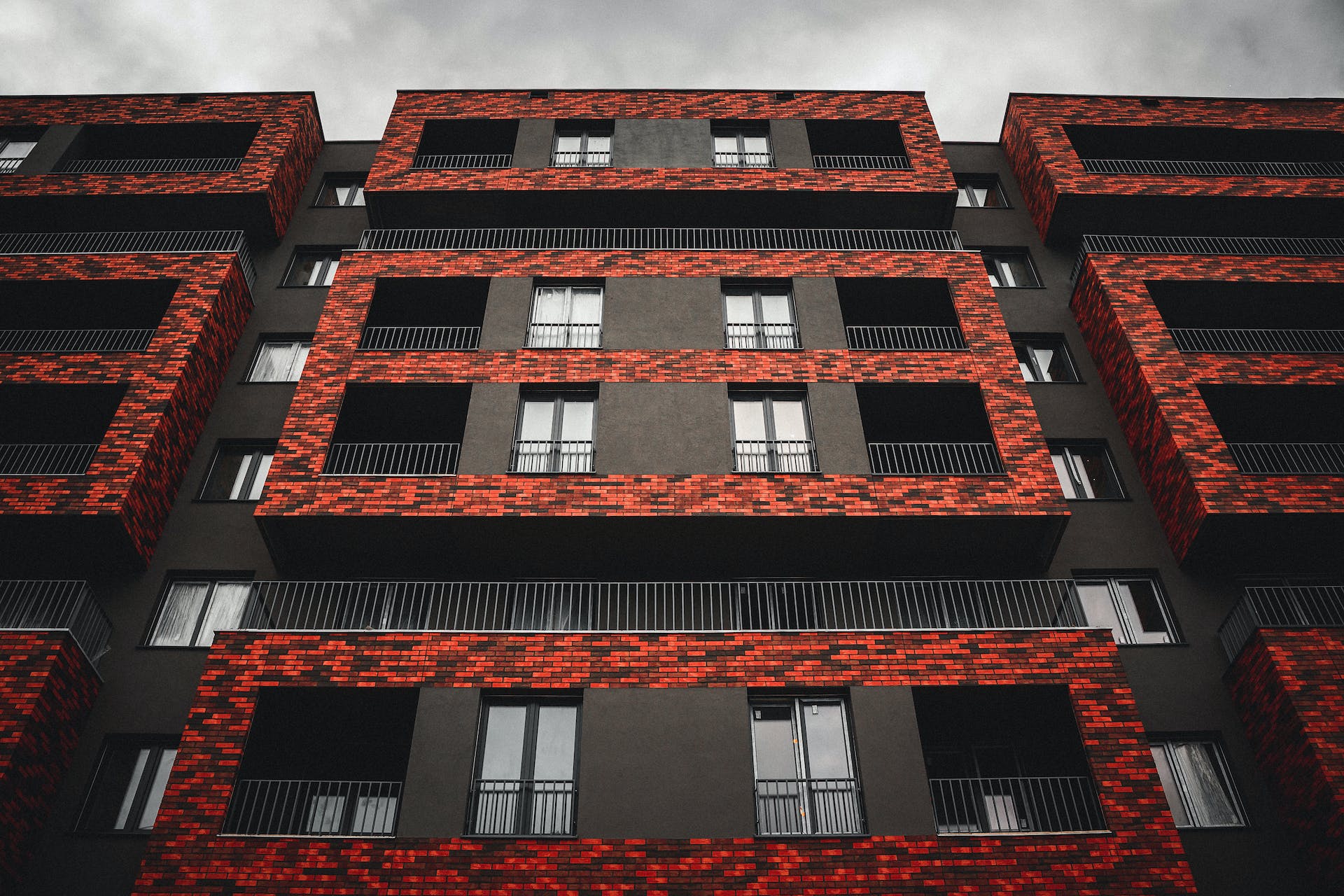

Question: What are the Four Life Cycle Changes of a Neighborhood?
Answer: The four life cycle changes of a neighborhood are growth, stability, decline, and revitalization or gentrification, each stage characterized by distinct demographic, economic, and physical changes.
What are the Four Life Cycle Changes of a Neighborhood? The Evolution of a Community
Every neighborhood, like a living organism, undergoes various changes and transformations over time. From vibrant growth phases to periods of stability and potential decline, understanding these life cycle changes is crucial for homeowners, real estate investors, and community members alike. This blog post aims to shed light on the four significant life cycle changes of a neighborhood, providing insights and examples to help readers navigate these transformations.
The Growth Phase: Birth and Expansion
The first stage in a neighborhood’s life cycle is the growth phase, characterized by development, expansion, and an influx of new residents.
New Developments and Construction
During this phase, you’ll notice a surge in construction activities, with new homes, apartment complexes, and commercial spaces springing up. Developers and investors see potential in the area, leading to increased investment and development. [ 1 ]
Increase in Population and Diversity
As new housing options become available, more people are attracted to the neighborhood, leading to a diverse and growing community. This influx of residents contributes to the vibrancy and dynamism of the area.
Amenities and Infrastructure Development
With growth comes the need for amenities and infrastructure. Schools, parks, shopping centers, and public transportation options often expand or improve, catering to the growing population’s needs.
Check out this page to learn more about your home’s worth
Related Article: How do you Determine the Market Cycle?
Related Article: What Does LP and SP Mean in Real Estate?
The Stability Phase: Maturity and Equilibrium
Following the growth phase, neighborhoods often enter a period of stability, where changes occur at a slower pace, and the community enjoys a sense of equilibrium.
Established Community and Identity
During this phase, the neighborhood has developed a strong sense of community and identity. Residents have formed bonds, local businesses are thriving, and there is a sense of belonging and pride among the community members.
Maintenance and Upkeep
With the majority of development completed, the focus shifts to maintaining and preserving the existing infrastructure and amenities. Homeowners and local authorities invest in upkeep, ensuring the neighborhood remains attractive and functional.
Potential for Neighborhood Associations
Stable neighborhoods often see the formation of neighborhood associations or community groups. These organizations play a crucial role in maintaining the area’s quality of life, organizing events, and advocating for the community’s needs.
The Decline Phase: Challenges and Change
Not all neighborhoods remain in the stability phase indefinitely. Some enter a decline phase, facing various challenges that can impact the community’s overall well-being.
Aging Infrastructure and Properties
As the neighborhood ages, so does its infrastructure and housing stock. Without proper maintenance and upgrades, this can lead to a decline in the area’s appeal and functionality.
Population Changes and Outmigration
Changes in employment opportunities, urban development trends, or other factors can lead to population shifts. In some cases, this results in outmigration, as residents move to other areas, leaving behind vacant homes and a reduced sense of community.
Potential for Decreased Property Values
With declining appeal and potential population loss, property values in the neighborhood may decrease. This can impact homeowners’ investments and the area’s overall economic stability.
The Renewal Phase
In response to decline, some neighborhoods enter a renewal phase, marked by revitalization efforts, reinvestment, and a renewed sense of community.
Community-Led Initiatives and Revitalization
Residents, local businesses, and community organizations often take the lead in revitalization efforts. Through initiatives like community gardens, public art projects, and neighborhood clean-ups, they work to breathe new life into the area.
Investment and Development Returns
As the community rallies together, investors and developers may take notice, returning to the neighborhood with new projects and developments. This can lead to improved amenities, housing options, and increased property values.
A New Era for the Neighborhood
With revitalization efforts and renewed investment, the neighborhood enters a new era. A sense of pride and community returns, and the area once again becomes a desirable place to live, work, and play.
Strategies for Navigating Neighborhood Life Cycles
Understanding the life cycle changes of a neighborhood is crucial, whether you’re a homeowner, investor, or community member. Here are strategies to navigate these phases effectively.
For Homeowners: Protecting Your Investment
Homeowners should stay informed about their neighborhood’s life cycle stage and engage in community initiatives. Regular maintenance and upgrades to their property can also protect their investment and contribute to the neighborhood’s overall appeal.
For Investors: Timing and Adaptability
Real estate investors need to time their investments wisely, understanding which life cycle stage offers the best potential for returns. Adaptability is key, as neighborhoods can transition between phases, impacting investment outcomes.
For Community Members: Active Participation and Advocacy
Community members play a crucial role in shaping their neighborhood’s future. By actively participating in community initiatives, forming or joining neighborhood associations, and advocating for their community’s needs, they can contribute to a vibrant and thriving neighborhood, regardless of its life cycle stage.
To learn more abut Jennifer Jewell please check out www.jenjewell.ca
Conclusion: Building Community
Neighborhoods, like the people who call them home, are dynamic and ever-changing. Understanding the four life cycle changes of a neighborhood provides valuable insights into these transformations, empowering residents, investors, and community members to navigate the changes, invest wisely, and contribute to building strong, resilient communities. Embracing change, staying informed, and actively participating in the community’s life are key to ensuring that neighborhoods not only survive but thrive through each stage of their life cycle.
References
1. https://www.linkedin.com/pulse/what-neighborhood-life-cycle-frakerrealty


